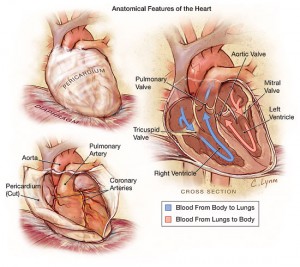We reviewed the complete charts of ah patients with cardiogenic shock admitted to the 31-bed Medico-Surgical Department of Intensive Care of the Erasme University Hospital from January 1999 to December 2000. Cardiogenic shock was defined by sustained (ie, for > 30 min) hypotension with a systolic pressure of < 90 mm Hg or a value 30 mm Hg below baseline levels, which was associated with a CI of < 2.2 L/min/m and a PAOP of > 15 mm Hg. Exclusion criteria were infection present on hospital admission, endocarditis or myocarditis, cirrhosis, arteriovenous shunt, other causes of shock (eg, hypovolemic, obstructive, or septic shock), and patients Generic Medications who had died as a result of neurologic impairment (ie, postanoxic states or brain death). 
In our department, all patients in shock are systematically managed according to a protocol including the insertion of a pulmonary artery catheter (PAC) [7F or 7.5F Swan-Ganz catheter], fluid challenge (with close monitoring of filling pressures, CI and mixed venous saturation [Svo2]), the administration of dobutamine if the CI and Svo2 remain low despite adequate filling pressures, the addition of vasopressors (ie, dopamine, norepinephrine, or epinephrine) if the patient remains hypotensive despite the above, and intra-aortic balloon counterpulsation in refractory cases. The majority of patients receive a PAC capable of continuous cardiac output measurement.
We recorded all parameters during the entire course of cardiogenic shock, the final parameters being within the 24-h period prior to death. Measurements obtained during the agonal phase prior to death were excluded.
The patients were divided into ICU survivors and nonsurvivors. The nonsurvivors were subdivided into the following three groups: death from malignant arrhythmia; death with a low CI (ie, < 2.2 L/min/m32); and death with a normalized CI (ie, >2.2 L/min/m32). We compared the group of patients with cardiogenic shock who died with a low CI to the group who died with a normalized CI without infection, as sepsis may result in an increased CI. Data analysis between and within groups included an analysis of variance followed by Mann-Whitney U test with Bonferroni correction, and the Friedman test followed by Wil-coxon signed rank test with Bonferroni correction.
Cheap medications in Sydney and Australia: www.viagrasydney.com.